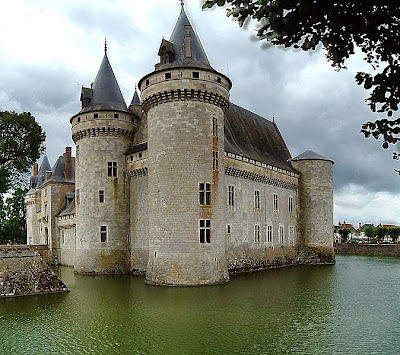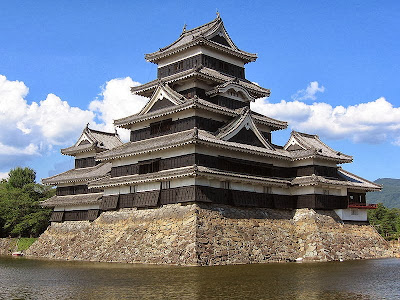These small- to medium-sized doves generally have short, fan-shaped tails,and are remarkable for their colourful and often glossy plumage, as evidenced in the aptly named Orange Fruit Dove, Flame-breasted Fruit Dove, and Pink-headed Fruit Dove.Males and females of many fruit dove species look very different. For example, the female Many-coloured Fruit Dove shares the male’s crimson crown and deep pink undertail feathers, but is otherwise green, whereas the male has a crimson on the upper back and has areas of yellow, olive, cinnamon, and grey.
The many species of this genus can be further grouped by geography and by certain shared characteristics. The fruit doves of the Sunda Islands and northern Australia, such as the Pink-headed Fruit Dove and Banded Fruit Dove, have comparatively longer tails than other species, and are notable for their solid colouration on the head, neck and breast, with a black band across the belly. Another grouping can be made of certain fruit doves endemic to New Guinea, the Moluccas, and the Bismarck Archipelago, including the Carunculated Fruit Dove, Knob-billed Fruit Dove, and others; these are notable for their grey colouration on the head or shoulder and/or enlarged cere (part of the bill). This group is uncharacteristically not sexually dimorphic, meaning males and females look alike. The Orange Dove, Golden Dove, and Whistling Dove, all endemic to Fiji and sometimes placed in their own genus Chrysoenas, have in common their small size, compact shape, yellow or orange colouration in the males, and hair-like body feathers. They also are known for their rather un-pigeon-like vocalizations, which sound like snapping, barking, or whistling, respectively.[1] Finally, the Pacific Islands provide homes to a number of species that share generally green colouration with crimson caps or crowns, ventriloquial cooing or hooting, and a distinct texture of the breast feathers.[2] The Grey-green Fruit Dove is typical of this group.[1] Recent evidence suggests Ptilinopus as presently defined is paraphyletic as Alectroenas and Drepanoptila are embedded within it.[4] The generic name Ptilinopus comes from the Ancient Greek words ptilon "feather," and pous, "foot.
Data refer : http://en.wikipedia.org/wiki/Fruit_dove
Beautiful Fruit Dove
Jambu Fruit Dove
Mariana Fruit Dove
Orange Fruit Dove
Ornate Fruit Dove
Pink-headed Fruit Dove
Wompoo Fruit Dove
Yellow-breasted Fruit Dove




















































